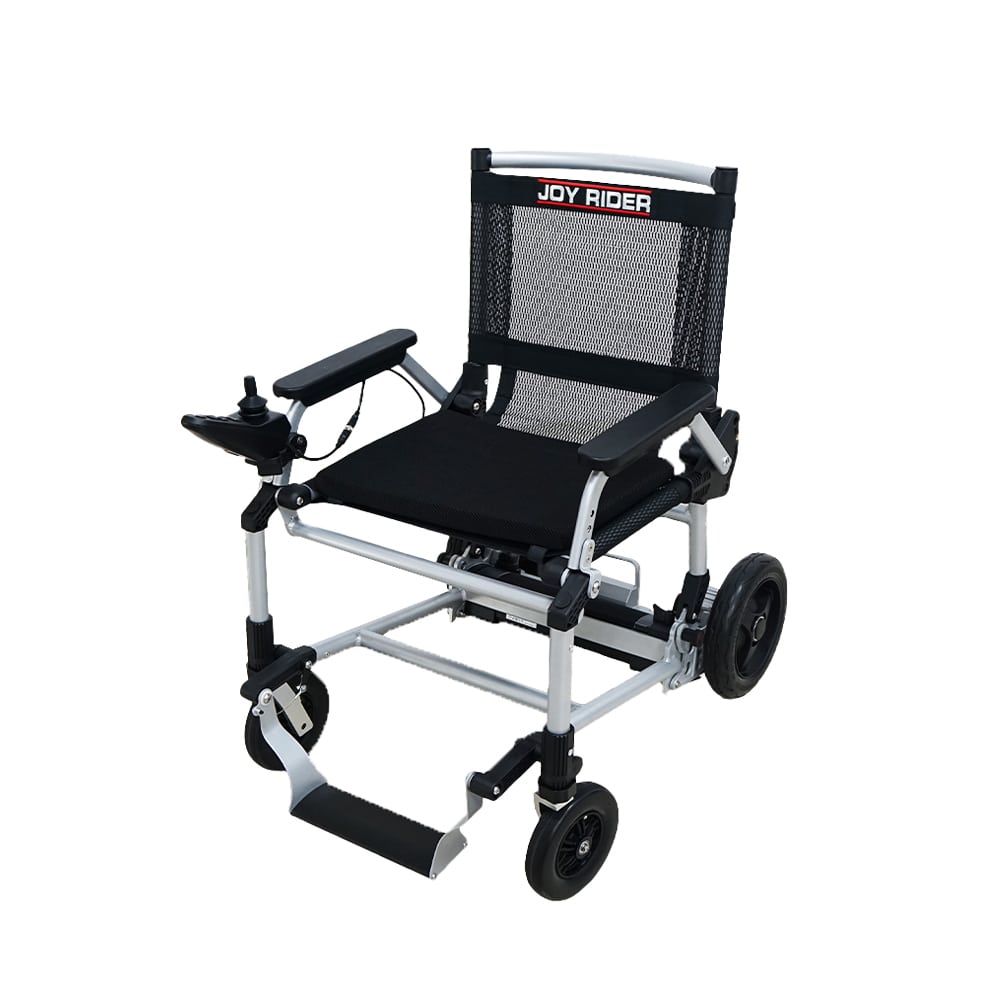When it comes to live events, conferences, concerts, and trade shows, the visual experience can make or break your audience¨s impression. That¨s why more event organizers are turning to indoor rental LED displays to create dynamic, engaging stage backdrops. From sharp image quality to flexible configuration, these LED screens are revolutionizing stage design and event production.among commercial indoor led screen It has given great spiritual support to entrepreneurs, and more entrepreneurs will contribute to this industry in the future. https://www.colorichled.com/
So what makes an indoor rental LED screen the preferred solution for modern stage backdrops Let¨s explore the key benefits!and why your next event may need one.
1. Crystal-Clear Visuals in Any Indoor Setting
Whether you¨re hosting a corporate seminar or a product launch, visual clarity matters. Indoor rental LED displays!especially in fine pitches like P2.5 or P1.9!offer high brightness and resolution even under artificial lighting. Compared to projectors, which often lose sharpness in well-lit environments, LED screens maintain vivid color and contrast.
This is especially crucial for stage backdrops, where every image, logo, or video needs to impress from the first row to the last.
2. Seamless Modular Design for Custom Backdrops
Indoor LED rental screens are built with modular panels that can be easily connected, stacked, or hung to create virtually any backdrop size. Whether you need a small 8〜6 foot setup or a full-wall immersive experience, the flexibility of custom rental LED displays allows you to match any venue or stage layout. Many rental systems also support quick assembly and disassembly, saving time and labor costs during setup and teardown.
custom rental LED display
3. Dynamic Content for Interactive Events
Unlike static banners or printed graphics, an indoor rental LED display allows you to showcase real-time content: promotional videos, live camera feeds, social media streams, speaker presentations, or animated branding. This keeps your audience engaged and helps deliver a more memorable experience. Want to switch from a corporate slide deck to a concert-style video within seconds LED rental screens make that transition seamless.
4. Cost-Effective Solution for Temporary Use
Purchasing an LED display system may not be financially practical for occasional events. That¨s where rental LED display suppliers provide an efficient alternative. With short-term rental contracts, you get access to high-quality equipment without the long-term maintenance or capital investment. This makes renting an ideal solution for businesses, agencies, or event companies managing multiple shows across different venues.
rental LED display supplier
5. Lightweight and Easy to Transport
Modern indoor LED panels are designed for portability. Their lightweight aluminum or carbon fiber frames are ideal for frequent transport and rental use. Flight cases, plug-and-play connections, and simplified control systems reduce technical complexity!something every event organizer appreciates when time is limited.
6. Professional Support from Trusted Rental Suppliers
Working with a reliable rental LED display supplier means you get more than just hardware. Many suppliers offer full support including on-site installation, real-time monitoring, and technical assistance throughout your event. This ensures smooth operation and peace of mind from rehearsal to curtain call. Look for suppliers with experience in indoor stage displays, especially those who offer custom rental LED display packages based on your unique event requirements.



